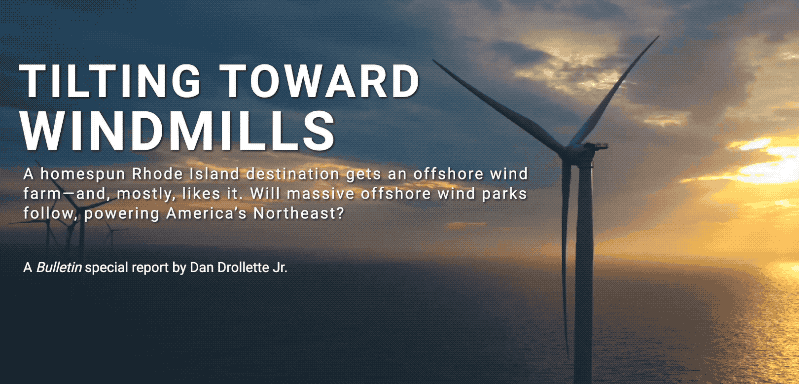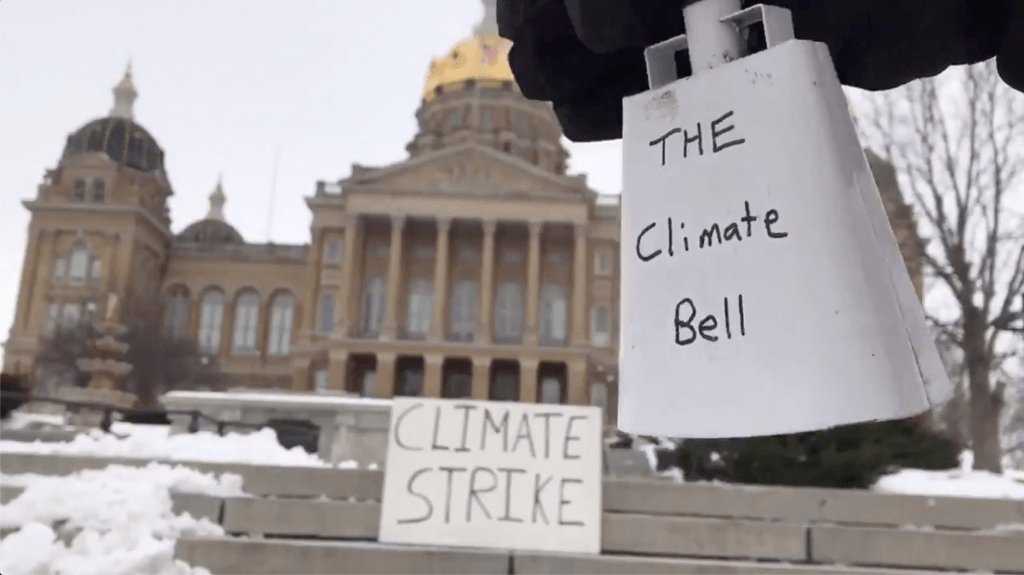Our best video and audio: 2019 in multimedia
By Thomas Gaulkin | December 23, 2019
The Bulletin of the Atomic Scientists’ year in multimedia generally begins with the setting of the Doomsday Clock. Since 2010 the time has been announced via a January livestream, drawing global attention to the Bulletin’s annual published statement on current existential threats to humanity. The Clock remained set at two minutes to midnight in 2019, reflecting unassuaged fears of a reignited nuclear arms race and accelerating climate change—as well as fresh concerns, articulated above by cybersecurity expert and Science and Security Board member Herb Lin, that those threats are amplified by new kinds of information warfare and the loss of shared reality.
Here are some more highlights of multimedia that we either produced ourselves or thought deserved our (and your) attention.
Say WHAT? video series
The Bulletin continued our foray into video with new installments of the Say WHAT? series that takes a sharp look at fuzzy policy. From the United States deliberately building nuclear warheads that are more likely to be used and government-funded labs creating killer viruses on purpose, to Facebook’s official belief that “truth is a choice” and the US Secretary of State’s delight at the melting of the Arctic, we turned to experts for real talk about some of the dangerous choices being made by those in power.
Cyber Report with Matt Field
Matt Field’s new Cyber Report ruffled more than a few right-wing feathers. Zeroing in on the growth of alternative (and alt-right) social media networks that embrace purveyors of disinformation and hateful rhetoric—like conspiracy theorist Alex Jones and white nationalist Richard Spencer—Matt uncovered a niche but thriving haven for extremism.
Tilting Toward Windmills
By Dan Drollette
If you spend enough time looking out to sea at a wind farm, one thing you notice is that the turbines loom large on a clear day, and all but disappear on a foggy one. The Bulletin’s deputy editor Dan Drollette brought his notepad and camera to Block Island to find out how the very first US offshore wind farm is powering an offshore community that depends on ocean views and old fashioned charm—while serving as a model for future wind farms up and down the Eastern coast.

The 10-minute interview: Werner Herzog on Meeting Gorbachev
By John Mecklin
The Bulletin’s editor-in-chief spoke with world-famous Werner Herzog about his recent film Meeting Gorbachev, and what meeting Gorbachev revealed about the tragic aftermath of the former leader’s ill-fated attempt to integrate the Soviet Union with the West. (You can now watch the documentary online, and should.) Herzog has one of the most recognizable voices on the planet, and it’s a treat to eavesdrop on his phone call as he talks about the “demonization of Russia” and looking “deep into the soul of Gorbachev.” Check out the full interview for more.
For whom the climate bell tolls, at two minutes to noon
By Thomas Gaulkin
Environmental activists made themselves known in a big way this year, inspired by Swedish school striker Greta Thunberg’s high-visibility protests all over the world. But some were even more eager to be heard than seen. The nascent but noisy “ring the bell for climate” movement has a mission to wake up climate denying citizens and politicians. If the Doomsday Clock comes with an actual alarm, they’re it.

The summit is in the eye of the beholder
By Thomas Gaulkin
My single favorite media shared by the Bulletin this year is actually an unpolished piece of raw footage, the kind of thing that’s usually discarded immediately and nobody ever sees. But I’m fascinated by this short 20-second clip from the pool camera feed at Donald Trump’s spectacularly unsuccessful February summit with Kim Jong Un in Hanoi. Nothing captures quite so perfectly how things have gone wrong with Trump’s North Korean flirtation than the barely audible announcement that “there’s been a program change,” followed by dead air.
The Bulletin of the Atomic Scientists magazine
One last item that bridges old and new media: The Bulletin of the Atomic Scientists went online-only in 2008 after six decades in print. Last year we decided to bring back illustrated covers for our bi-monthly digital magazine. The first image that graced the front of the Bulletin, designed by artist Martyl Langsdorf, marked the 1947 debut of the Doomsday Clock. It’s been described as “the most powerful piece of information design of the 20th century.” That’s a seriously tough act to follow, but here are this year’s covers on themes ranging from nuclear modernization to the end of civilization:
And for good measure, here’s a bonus 20th-century throwback made especially for January’s special issue…
Together, we make the world safer.
The Bulletin elevates expert voices above the noise. But as an independent nonprofit organization, our operations depend on the support of readers like you. Help us continue to deliver quality journalism that holds leaders accountable. Your support of our work at any level is important. In return, we promise our coverage will be understandable, influential, vigilant, solution-oriented, and fair-minded. Together we can make a difference.

















